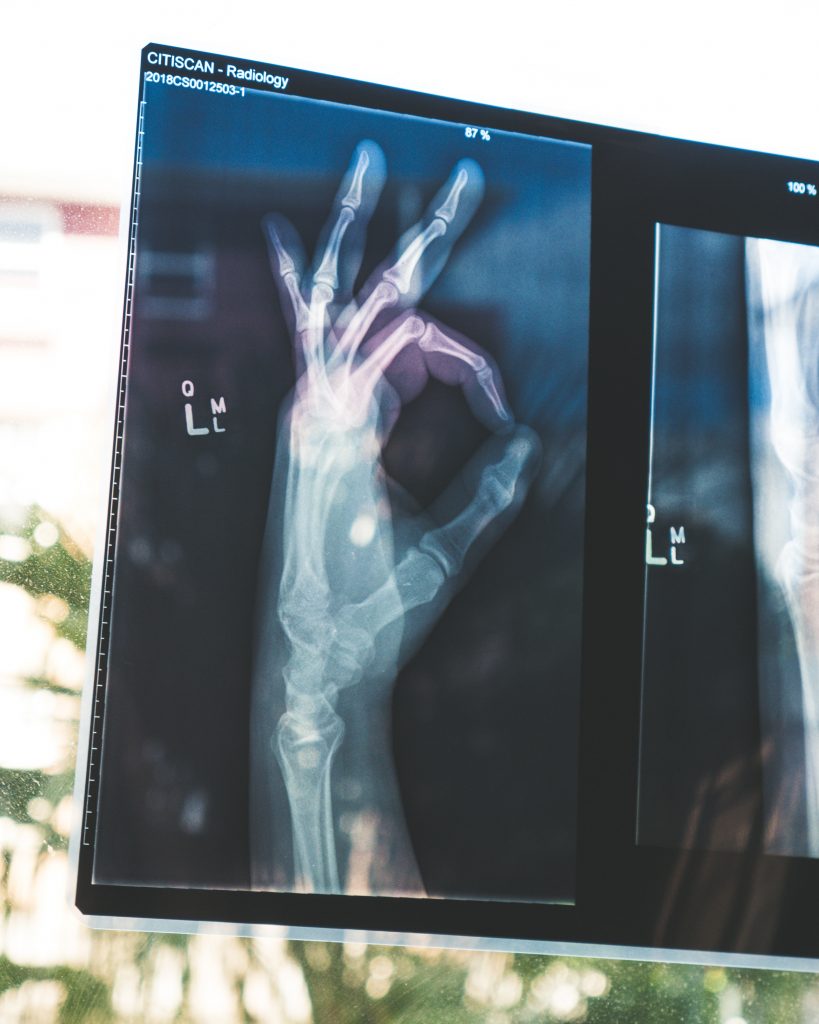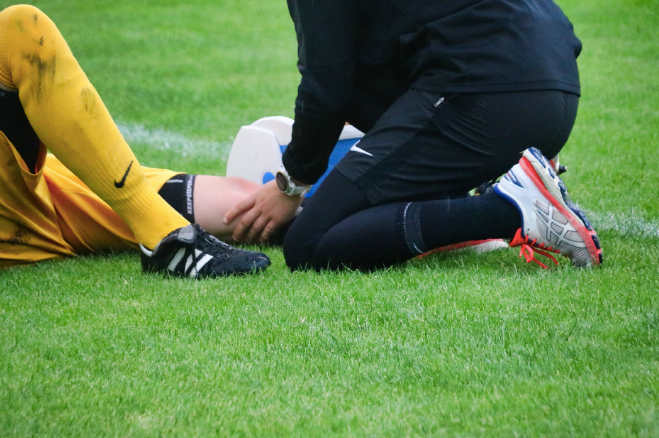
Osteoporosis refers to “porous bones”. The disease weakens bones and makes them
brittle. Living, growing tissues make up our bones, and the inside called “trabecular
bone” looks like a sponge. When the pores of the sponge increase in size and number,
this increase in porosity makes the inside of the bones hollow and weak.
One affected tends to lose bones even quicker. Changes occurring in the structure of
the bone tissue result in excessive bone loss.
Risk Factors
As a person ages, bones become weak in the normal process of aging. However, it is
not readily evident if the weakness has occurred to the point of concern. There are
numerous factors to find out if one has higher chances of contracting the disease in
comparison to another. These are as follows:
● Gender – Women have smaller bones and lower bone mass as compared to
men and hence have a higher chance of loss of bones.
● Age – Until 30, our body builds up more bones. However, after 35, bones
break down faster than building up, causing a decrease in bone density and
higher fragility leading them to break.
● Hormones – A decrease in Testosterone levels in men, generally above the
age of 70, and Hysterectomy or Menopause in women indicates a decrease in
Oestrogen levels, increasing the chances of contracting it.
● Ethnicity – Whites and Asians have a higher risk than African Americans
and Mexican Americans.
● Size – Slender people having lesser bones have a greater risk than those with
larger bones.
● Diet – Poor intake of protein, calcium, and vitamin D can risk chances of
Osteoporosis and fractures.
● Lifestyle – Eating disorders, excessive drinking, smoking, and low physical
activity for a prolonged period of inactivity can increase the rate of bone loss.
Tobacco tends to lower testosterone and oestrogen levels in men and women,
respectively.
● Genetics – Having a family history of hip fractures or Osteoporosis or self-
injury at above 50 increases the risk.
Osteoporosis treatment involves the consumption of bisphosphonates either orally or
by injecting it and by hormone therapy. Naturally, its prevention is possible by
increasing the intake of nutrients like Calcium and Vitamin D in your diet.
Nutrition
● Fruits and vegetables contain essential Vitamins and minerals. They are high
in fiber and tend to improve bone health without adding calories. Therefore,
you should have three-four servings of tomatoes, berries, avocados, citrus
fruits in your daily diet. Even whole grains render fiber along with magnesium
and other nutrients.
● You should avoid sugar and related products – e.g., soft drinks and high salt
content as they increase blood pressure and reduce the amount of Calcium
from the body with urination.
● Protein, Fats, and Calcium are critical to bone health. Beans, nuts, seeds,
green leafy vegetables, fishes like mackerel, tuna, sardine, salmon with bones,
tofu, milk, and dairy products like cheese and yogurt, juices, broccoli, and
dietary supplements help to maintain bone health.
Note, our bones consist of minerals, calcium salts bound with strong collagen fibers.
Though Calcium is critical in preventing bone loss, it can result in kidney stones if
taken excessively. Similarly, one should consume all other nutrients in their required
quantities.
Vitamin D helps to absorb Calcium and thus prevent Osteoporosis. It is important to
note that Vitamin D comes mainly from sunlight and not from food, and therefore,
exposure to sunlight in regular amounts is necessary for its prevention.
● Consuming caffeine and alcohol should be in moderation, and one should
avoid smoke even in the passive form.
Conclusion
Bone weakening is natural and painful. For those of you that have touched 30, we
recommend that you tweak changes into your lifestyle today so that you are stronger
in the days to come.


















